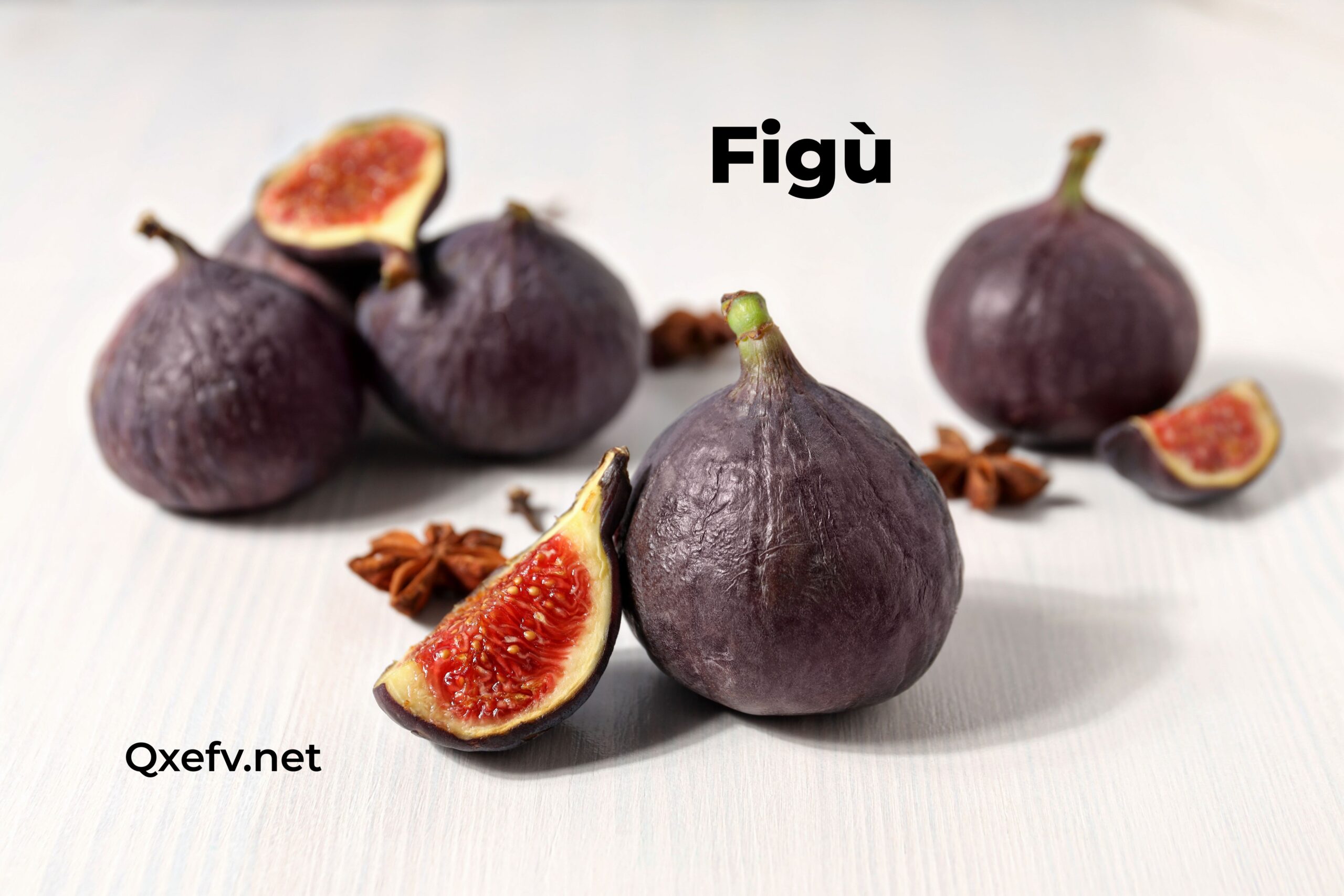Introduction
A vibrant, robust concept that combines culture, cuisine and community to create an unforgettable experience Figù. This article is an in-depth look into the variously used one of Figù, described and contextualized within its genesis, signification, culinary characteristics and postmodern consequences. In this article, we are going to demonstrate how Figù gives form to the union between tradition and modernity, connectedness and mutual comprehension.
Origins of Figù
Meaning the word “fig”, figù is a culinary and cultural symbol in many civilizations. Figs, which are native and popular throughout the Mediterranean and Western Asia, are one of the first domesticated fruit trees. Its long history traceable through centuries has found itself in all types of diets over the years as its natural sweetness and nutritional value have made it a must have ingredient.
Figs are associated with prosperity, fertility and knowledge in different cultures. The Greeks considered figs to have a mystical aspect and would often associate them with their god of wine and merriment, Dionysus. In the Bible they symbolize abundance and good to come, like in biblical scripture if you see or dream about figs as well also do figs in your dreams are an assurance of wealthiness. Here, in this cultural matrix, lies the solid base to build a narrative that belongs both to practice and History around the meaning of Figù.
Figù’s Culinary Surrounding
However, it is misleading to think of figù as just the fruit of the fig tree; as a cultural way of relating to and preparing food, the concept emphasizes a whole host of different culinary activities based around the celebration and enjoyment of flavors particular to that versatile fruit. A great staple ingredient used in both sweet and savory dishes, figs can also be consumed fresh, dried or preserved.
Fresh Figs
Naturally, the soft texture and gentle sweetness of fresh figs have turned many into fans. It’s used raw to eat such as salads or made part of a cheese topping. The fig and goat cheese salad is also delicious. Gotta love the creaminess of goat cheese that walks a fine line between sweet and savory, often enhanced with balsamic reduction.
Dried Figs
Originating in ancient cultures, dried figs are commonly used throughout the world in their original delicacy form. They are higher in fiber and have an intensified sweetness, great for baking or munching. Within Middle Eastern cuisine, dried figs work well in stews and tagines to complement the savory side of a dish.
Preserved Figs
One of the best ways to enjoy them for a longer period is by preserving figs which not only keeps their taste intact but also increases their durability. Enjoy fig preserves or jams on bread, with cheese and in desserts. Most of the time they add cinnamon or cloves, which only brings out their natural sweetness and combines them to make a pretty little condiment for everything.
What does Figù Represent?
But Figù goes way beyond being merely a delight, enjoying an extensive presence in cultural practices and long-standing traditions as well. In many places, festivals are held for the harvest of figs, celebrating their significance in local diets and economies. These celebrations frequently involve frivolity, music and dance and communal meals that instill a sense of custom and ethos among its individuals.
Figù is a reminder in this modern world of the benefits that come from sourcing food locally and seasonally. With the increasing realization of sustainable eating, the fig is now a top choice among food aficionados and chefs. When you eat a fig, you are not just tasting the fruit’s succulent flavor but engaging with a depth of history and cultural heritage.
Figù in Modern Cuisine
Today, Figù is the inspiration for contemporary taverns reinterpreting classic dishes and choosing fig as natural companions to their creativity. New menus abound at gourmet restaurants, inspiring chefs to reinvent the fruit with creative takes in chilled appetizers to elegant desserts.
A lot of notable food trends from combining figs with some unusual ingredients. Fig is being used in savory dishes by putting the unique fruit with things like prosciutto, blue cheese and various herbs. This infusion of flavors stands in perfect balance on the plate and hits your taste buds like nothing else, taking the fig to new culinary heights.
Figù and Health Benefits
Fig is naturally sweet and nutritious fruit They contain fiber, vitamins, and minerals which make them nifty little things to include in your diet. Figs have a high content of potassium, a mineral that supports heart health and antioxidants to combat oxidative stress.
Moreover, the natural sugars present in figs also act as a fantastic energy pick-me-up and for anyone who is trying to receive all their nutrients from snacks they are an absolute dream. High in fiber, which is a digestive aid and keeps you full longer, figs make an ideal weight loose companion.
Conclusion
Whenever I make figù, I always seem to take a little nourishment from the all-powerful story of cultural history and culinary innovation. Figs are a representation of plenty and relationships, they remind us of our history and the great idea to mark our fellowship with landmarks. In a rapidly changing world, Figù offers an opportunity to slow down and savor the flavors of life as well as the tales that join us all.
Determined to inspire sustainability and respect the food that feeds people, Figù is also a celebration of food and culture. The Fig, oh so sweet end to a great summer day!
MORE READ ABOUT:
Kiersti Allie Transformational hope A beacon of women’s Empowerment
FAQs
Q1: Figs have a lot of health benefits to offer.
A: What Are The Nutrients Found In Figs High in Fibre, Vitamins & Minerals. They are good for digestive health and rich in antioxidants, potassium which is good for the heart.
Q2: What to do with Fresh Figs in Cooking?
Wipe fresh figs clean and eat out of hand, used in salads with cheese or in desserts. They taste great in desserts and savory foods alike.
Q3: Are fresh figs and dried or usable interchangeably?
Fresh figs are tender and sweet, while dried figs are mostly sugary, with a dense chewiness. Dried figs are more commonly available and typically used in baking and cooking, while fresh fig is usually also consumed raw or as an ingredient in culinary creations.
Q4: Are there any cultural festivals for figs?
Are there specific festivals that are held to mark the harvest of figs as practiced in many cultures with traditional music, dance and communal meals to honor this fruit in their diet and economy.



